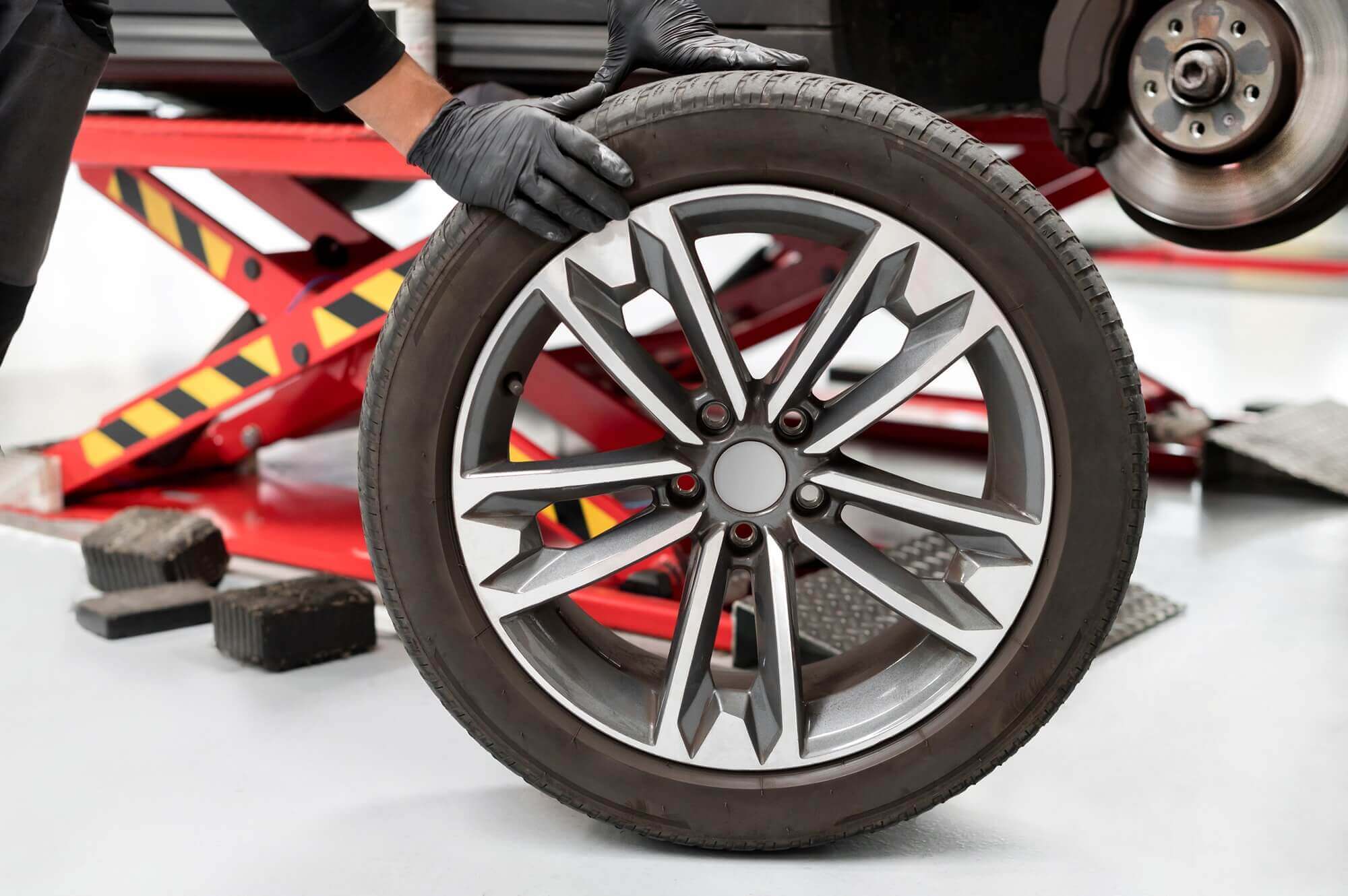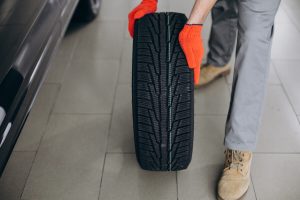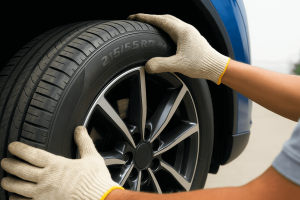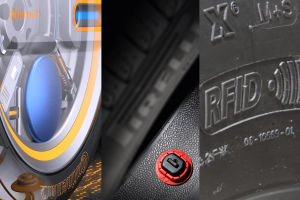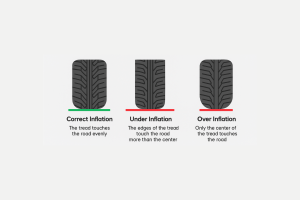Car tires are a very important vehicle component that is often overlooked by drivers. Driving safety depends on the condition of the tires, and therefore, it is important for every driver to understand the signs that indicate the need to change tires.
This article will discuss the main signs to look out for.
8 Common Signs You Should Replace Your Tires
1. Roughness Grip
Always pay attention to the condition of the tire surface. If there are noticeable roughness or cracks, this indicates that the tire may need to be replaced. Roughness grip can lead to the loss of essential traction for driving safety, especially in rainy weather.
2. Remaining Tread Thickness
The tread depth of a tire is crucial for good grip on the road. The thinner the tire tread, the less traction and safety. Use a tread depth gauge to check whether it is still sufficient. If the tire tread has thinned, it is time to replace the tire with a new one.
3. Sidewall Damage
Pay attention to the sidewall of the tire. If there are tears, bulges, or other damages, this can be an indication that the tire needs to be replaced. Damage to the tire sidewall can lead to sudden tire failure while driving.
4. Tire Wear
The next sign to watch for is the depth of the tire tread. All tires come with a tread wear indicator or TWI, which allows drivers to see the level of tire wear. When the tire tread reaches a depth of 1.6mm, the tire is no longer able to provide adequate grip, especially in wet conditions.
5. Cracked Tires
Tires that are cracked or split can affect driving safety. Rubber that hardens over time, exposure to UV rays, and other factors can cause tires to crack. Significant cracking in the tire tread or on the tire sidewall is a sign that the tire needs to be replaced to avoid tire failure while driving.
6. Old Tires
Every tire has a manufacturing date that needs to be considered. Even if the tire looks good in terms of tread, tires that have surpassed a certain age also need to be replaced. Damage can occur earlier, and replacing them every 6 to 10 years is a precautionary measure.
7. Reduced Traction
Not all tire issues can be identified through tread wear or age. Reduced traction, especially in passenger tires and light-duty trucks, can occur without showing other signs. If the tires look fine but have less grip, this may indicate that the tires need to be replaced.
8. Damaged Tires
Tires with damages such as scuffs, cuts, or slices need attention. Internal damage that cannot be seen physically can also occur. For safety, replacing with new tires is a wise step.
Tire Lifespan Durability
● Duration: Even if tires look good from the outside, they need to be replaced if they have been used beyond the manufacturer’s recommended timeframe. When buying new tires, always check the manufacturing date (DOT) on the tires. Generally, tires need to be replaced after 6 to 10 years, even if not used.
● Material Deterioration: The quality of the material in tires decreases over time. Even if not frequently used, tires can be exposed to material deterioration due to weather influences and age. This can lead to tire failure when used, especially in conditions of high heat, such as intense sunlight.
What to Do?
If you experience any of the signs above, it is important to act quickly. Do not delay too long in replacing your car tires. Tire shops are the best place to get professional advice and buy new tires that suit your car’s needs.
Regular Checks
● Visit to the Tire Shop: A good practice is to have your tires checked regularly at a nearby tire shop. Tire experts will be able to provide professional opinions on the condition of your tires and whether they need to be replaced or not.
● Self-Inspection: Additionally, conduct regular tire inspections yourself. This includes checking the tire pressure, which should be maintained at the level recommended by the car manufacturer. Insufficient air pressure can cause tire damage and reduce fuel efficiency.
Ensure you choose tires that have features suited to your driving style and the road conditions in your area. By taking the necessary steps to maintain your car tires, you can ensure that your vehicle always remains in a safe and optimally performing condition on the road.
Conclusion
Understanding the signs and factors that affect tire durability is crucial for optimum driving safety. Do not neglect to replace tires that are damaged or have exceeded the recommended lifespan. Spending a little time to regularly check your tires can prevent unwanted accidents on the road.
Remember, good tires are the key to safe and smooth driving. Do not hesitate to seek professional advice if you have doubts about the condition of your car’s tires.
Safe driving during the Hari Raya festival and on your journey back to your hometown! Happy Hari Raya Aidilfitri!
Want to learn more about tayar second hand? Discover the facts here.
